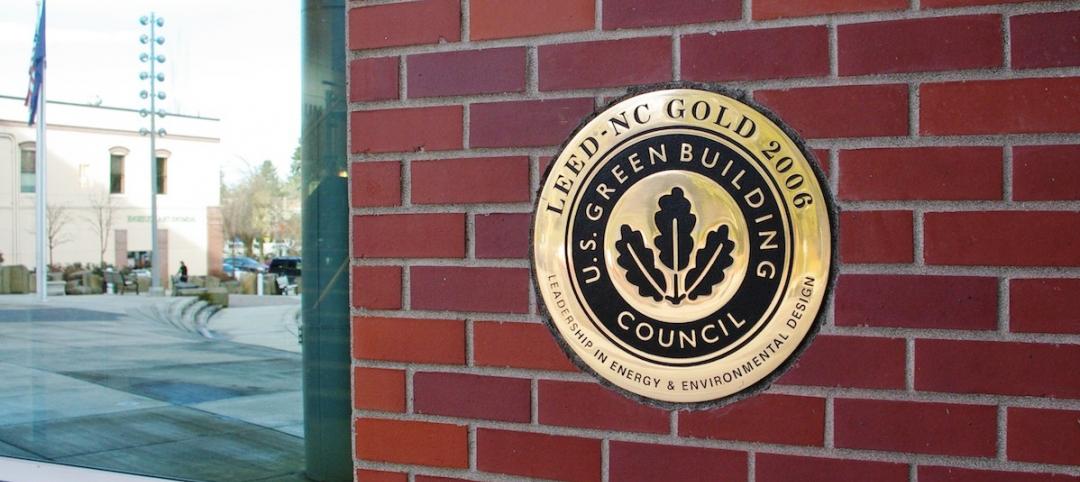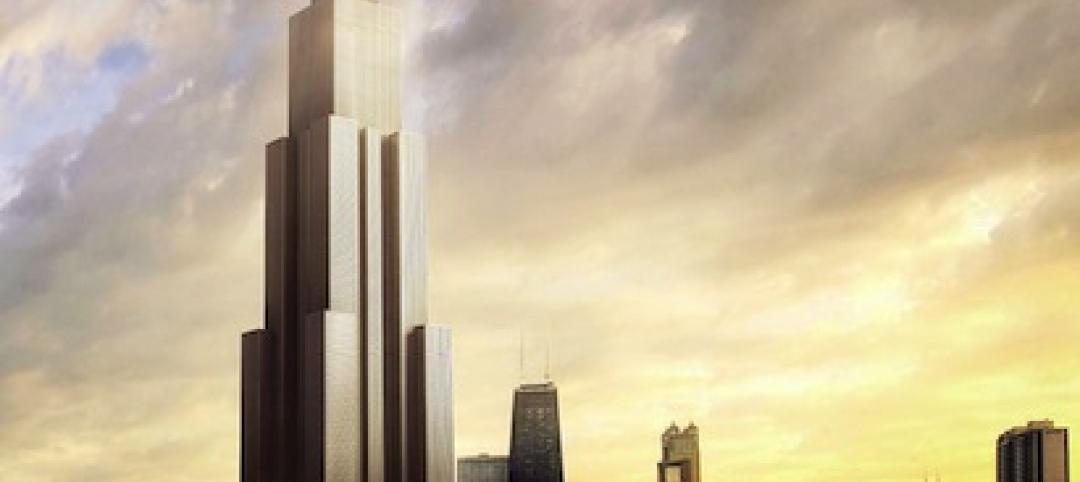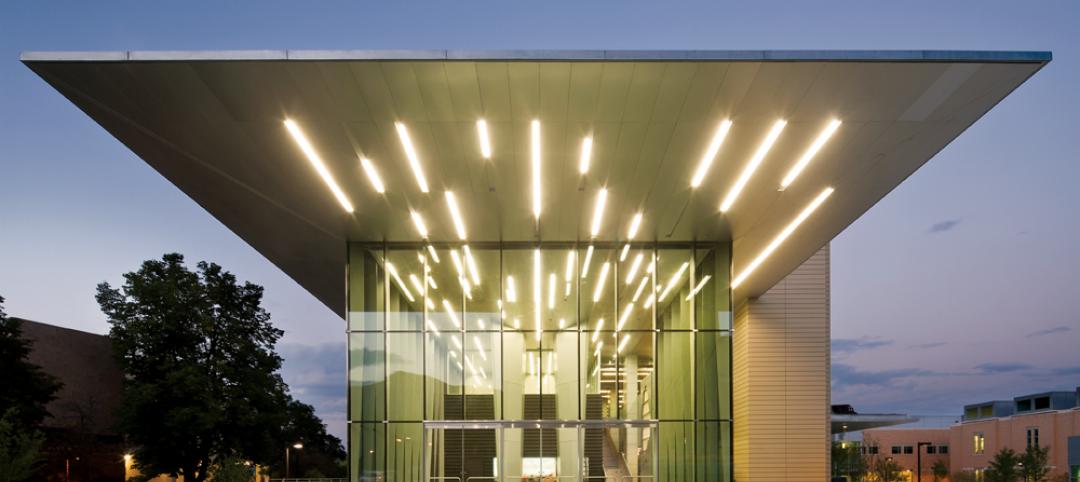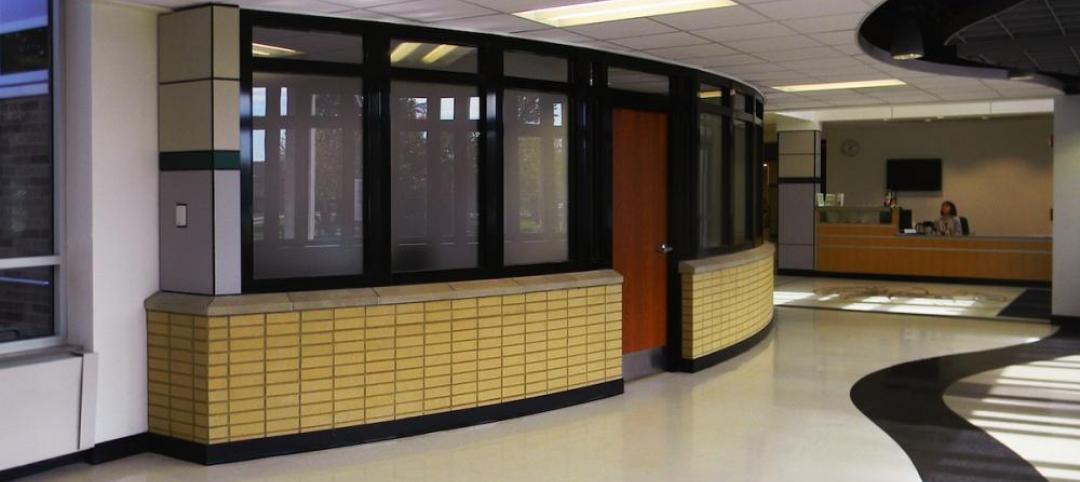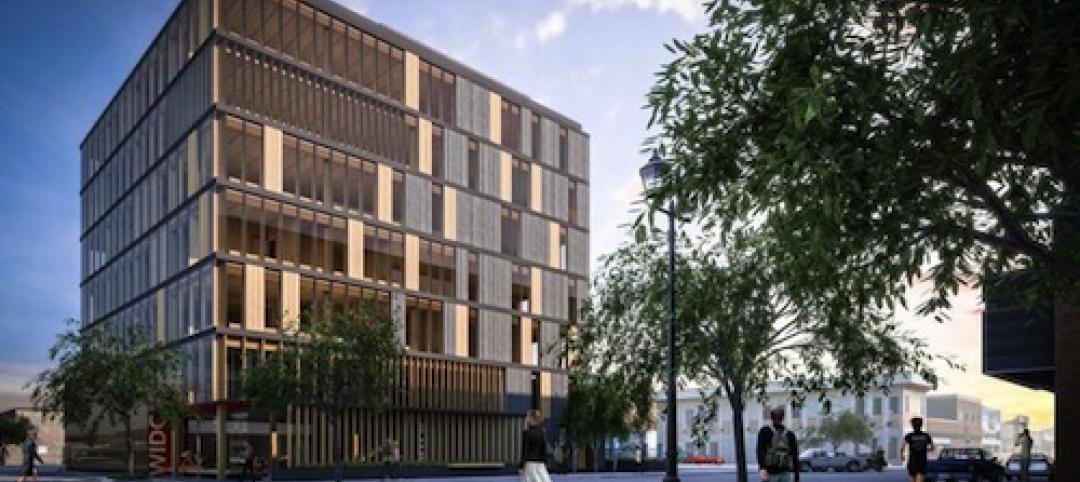On July 20, the University of Michigan in Ann Arbor opened Mcity, a 32-acre simulated urban and suburban controlled environment, designed specifically to test the potential of connected and automated vehicle technologies.
The $6.5 million project comprises a five-mile stretch of roads, some of them up to five lanes. Mcity includes rearrangeable architecture such as buildings, streetlights, parked cars, traffic lights and stop signs, sidewalks, and other obstacles. Robotic pedestrians and mechanized bikes roam throughout Mcity.
The miniature city is developed and designed by the university’s two-year-old Interdisciplinary Mobility Transformation Center, a partnership of several automotive companies, the Michigan Department of Transportation, researchers from UM’s Transportation Research Institute, and its College of Engineering.
“The initiative demonstrates the great potential in working with partners outside the University to address compelling issues of broad impact,” said UM’s president Mark Schlissel. NPR reports that 15 companies, which include Ford, GM, and Nissan, paid $1 million each to help build Mcity.
Companies like Google, Toyota, Uber, and Apple have been working on self-driving technologies that rely on GPS, radar and remote sensors known as LIDAR. So far the test results have been impressive, albeit in a limited sense. Experts anticipate that driverless streets and highways could be a common reality within the next 10 to 15 years. The real challenge, though, is getting driverless cars to react to and interact with how humans drive.
Google, which began its self-driving project in 2009, currently averages 10,000 autonomous miles per week on public streets. Over six years of testing through May 2015, its driverless vehicles had been involved in 12 minor accidents during more than 1.8 million miles of autonomous and manual driving combined. “Not once was the self-driving car the cause of the accident,” claims Google in a recent progress report. However, Google’s test cars rarely go beyond 25 miles per hour and so far have been limited to roads the car’s computers have already analyzed.
As the New York Times reported earlier this month, autonomous vehicles right now are programmed to drive overly cautiously, compared with humans’ typically aggressive driving habits. Autonomous cars “have to learn to be aggressive in the right amount, and the right amount depends on the culture,” Donald Norman, director of the Design Lab and the University of California, San Diego was quoted as saying.
Mcity, then, provides a testing ground for driverless cars in unpredictable conditions.
“There are many challenges ahead as automated vehicles are increasingly deployed on real roadways,” explains Peter Sweatman, director of the U-M Mobility Transformation Center. “Mcity is a safe, controlled and realistic environment where we are going to figure out how the incredible potential of connected and automated vehicles can be realized quickly, efficiently and safely.”
NPR quotes university researchers who are hoping to have 20 to 30 automated cars driving around Ann Arbor’s streets within the next six years.
Related Stories
| Jun 11, 2013
Building a better box: High-bay lab aims for net-zero [2013 Building Team Award winner]
Building Team cooperation and expertise help Georgia Tech create a LEED Platinum building for energy science.
| Jun 7, 2013
First look: University of Utah's ‘teaching hospital for law’
The University of Utah broke ground on its cutting-edge College of Law building, which will facilitate new approaches to legal education based on more hands-on learning and skills training.
| Jun 5, 2013
USGBC: Free LEED certification for projects in new markets
In an effort to accelerate sustainable development around the world, the U.S. Green Building Council is offering free LEED certification to the first projects to certify in the 112 countries where LEED has yet to take root.
| Jun 3, 2013
Construction spending inches upward in April
The U.S. Census Bureau of the Department of Commerce announced today that construction spending during April 2013 was estimated at a seasonally adjusted annual rate of $860.8 billion, 0.4 percent above the revised March estimate of $857.7 billion.
| May 23, 2013
Supertall 'Sky City' will house 4,400 families in Changsha, China
Broad Sustainable Building has completed a long and arduous approval process, and is starting excavation and construction on Sky City in June, 2013. The proposed "world's tallest building" will be a mixed-use project that could accommodate life and work needs of up to 30,000 people.
| May 17, 2013
University labs double as K-12 learning environments
Increasingly, college and university research buildings are doing double duty as homes for K-12 STEM programs. Here’s how to create facilities that captivate budding scientists while keeping faculty happy.
| May 15, 2013
Center for Green Schools, Architecture for Humanity release new tool for green schools
The 70-page guide demystifies the processes of identifying building improvement opportunities and finance and implementation strategies.
| May 1, 2013
Groups urge Congress: Keep energy conservation requirements for government buildings
More than 350 companies urge rejection of special interest efforts to gut key parts of Energy Independence and Security Act
| Apr 30, 2013
Tips for designing with fire rated glass - AIA/CES course
Kate Steel of Steel Consulting Services offers tips and advice for choosing the correct code-compliant glazing product for every fire-rated application. This BD+C University class is worth 1.0 AIA LU/HSW.
| Apr 30, 2013
First look: North America's tallest wooden building
The Wood Innovation Design Center (WIDC), Prince George, British Columbia, will exhibit wood as a sustainable building material widely availablearound the globe, and aims to improve the local lumber economy while standing as a testament to new construction possibilities.





